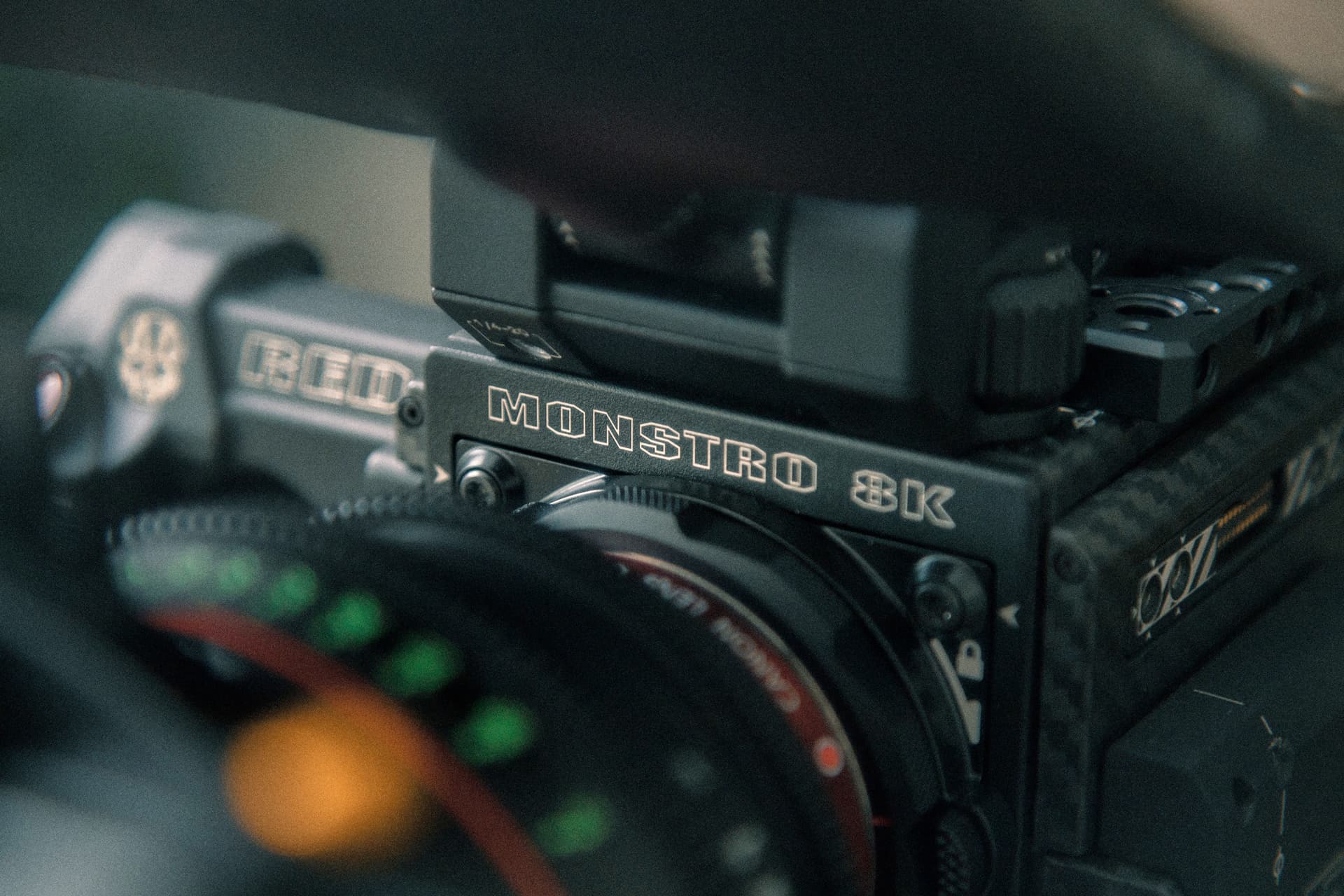
Seeing RED
When I was first asked to work on this blog, I thought long and hard about the gear that I would write about and which items of equipment that would need to be covered right at the start. One piece of kit that came to mind immediately was my camera. As an underwater cinematographer, this is the single piece of equipment that truly defines who I am and what I do. While I have used various cameras in the past (and present), the one brand that has truly changed things for me would be RED.
The Journey So Far
My path as an underwater cinematographer was completely self taught and as with anything in life, full of mistakes and lots of research. I learned the basics of photography by reading and understanding the principles of photography and putting it into practice, on land first followed by underwater trials. Videography was a natural progression from photography as I craved recording the entire experience instead of freezing a slice of a moment in time. I had a good friend who explained the basics which led me down this road.
I first dabbled in video using a Nikon DSLR. I still remember my first video dive. I found a Wonderpus octopus at the start of the dive which posed defiantly for me, and ended the dive filming a flamboyant cuttlefish laying her eggs under a coconut shell! I was instantly hooked! My footage had a dull green hue due to lack of lighting and the footage was slightly shaky. However, it was an eye opening experience to capture an entire event unfolding in front of me. I had to learn more.
I splurged on a monitor and a housing for it, bought video lights and started practicing and learning during trips. Within a few months, I realized I needed to move on. I sold all my Nikon gear and bought the very first Sony mirrorless camera, the A7s. I managed to get commercial work and sold stock footage with that setup, but then my employers needed more. That’s when I moved on to the Red cameras I use today.
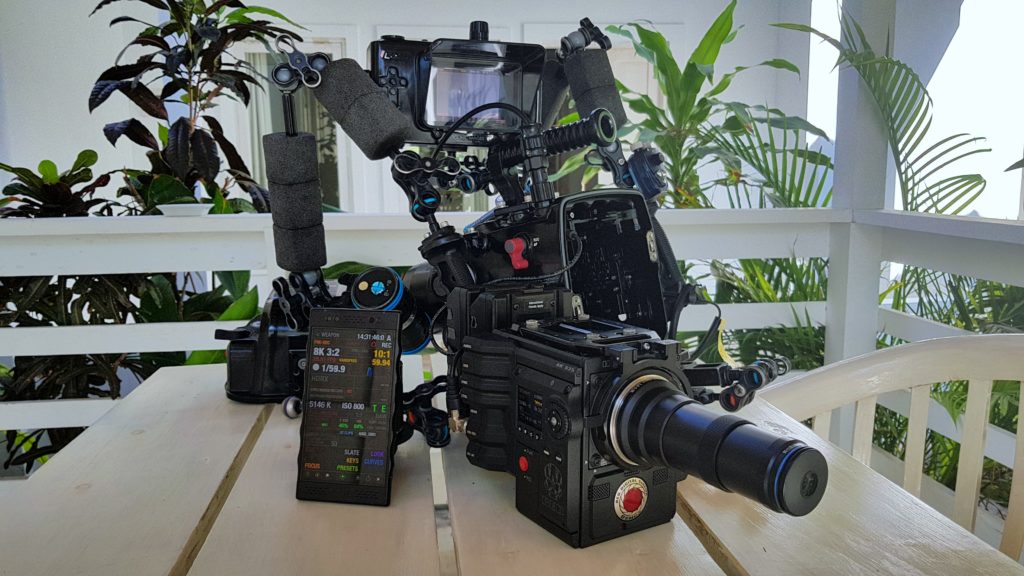
A Brief History of RED
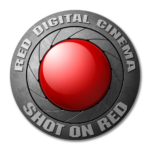
Red Digital Cinema was founded in 1999 by Jim Jannard who is also the founder of Oakley. Work on the first generation of Red Cameras began in 2005 with research and design followed by the release of the Red One in 2007. This was followed closely by the DSMC series in 2009 and the current 3rd generation (body) DSMC 2 line of cameras released in 2015.
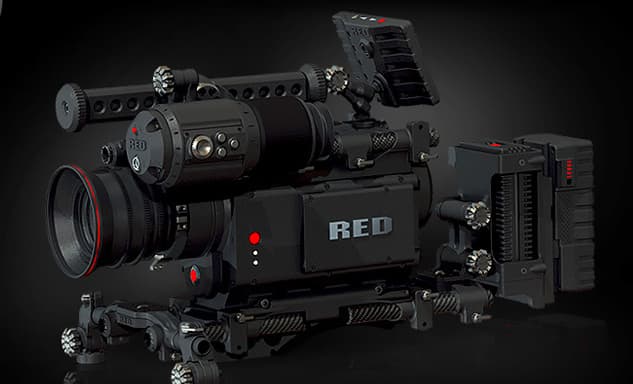
The Red One revolutionized the film making industry. Peter Jackson (Lord of the Rings, Hobbit) was the first to use a prototype Red One to shoot a 12 ½ minute World War 1 film (Crossing the line) in just 2 ½ days. The vision was to have a 4k capable digital camera that could deliver the same quality as 35mm film that movie makers were using.
By 2011, the final three manufacturers of traditional film cinema cameras announced that they would be stopping production of these cameras and moving to digital. It was a revolution.
The Camera, A System
If you decide to start using the Red line of cameras, you are not just buying a new camera body. You are moving into a whole new camera ecosystem. The current line of DSMC2 type body of cameras starts with a brain. This central unit houses the sensor and the computing power required to handle large amounts of raw data generated. Each brain looks almost the same and is differentiated by the sensors used. Each sensor has a particular attribute;
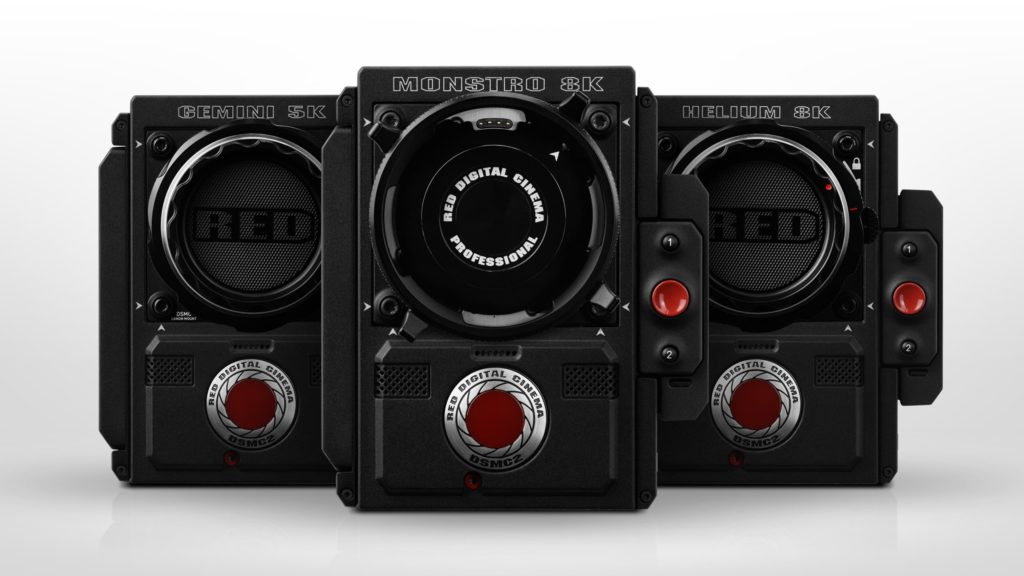
Monstro – 8k sensor similar in size to a full frame sensor
Helium – 8k Super 35mm sensor
Gemini – 5k Super 35mm sensor (higher low light sensitivity)
Dragon-X – 5k Super 35mm sensor (Previous generation sensor / Current entry level model)
This central unit still requires peripherals in order for the camera to work. It can be basic for “run and gun” documentary use, or extremely complex for feature film work. A simplified explanation of what you still need to purchase (from Red) would be; the lens mount, monitor, controls (side panel or grip control) and a rear interface (I/O) module which will give you access to things such as sound inputs and battery connection.
As mentioned earlier, you are moving into an entire ecosystem. Even the memory cards required must be of the Red brand.
Leaving The Prosumer Category
Cost
This is probably the first thing new users balk about when learning of the Red line of cinema cameras. It seems prohibitively expensive. I must admit that if it weren’t for the fact that I shoot for broadcast (aerials and underwater) professionally, there would be no way I could even consider owning such a camera. Even their cheapest model kitted for the most basic use costs approximately US$20,000 (Underwater housing not included of course). This can easily run up to the $100,000 mark for their most expensive models! (again without a housing or lenses)
It’s worth noting however that there are costlier options available in the world of cine cameras. In fact, film cameras back when they were still produced cost an estimated $200,000 and most were rented instead of sold!
Everything needs to be upgraded
The next thing I learned quickly was that everything else I had needed to be upgraded. Computers and laptops need to have the computing power to handle the massive file sizes. Shooting in 8k results in massive file sizes and requires an insane amount of storage. I can fill a 1tb card with roughly an hour of footage in 8k at 60fps. The amount of hard drives needed for storage and backups is daunting to say the least when working alone on personal projects.
Learning curve
If you have experience shooting video, then shooting a Red really isn’t rocket science despite how intimidating the gear may look. Learning the new workflow is probably more tedious than it is difficult. Of course this assumes the user already has extensive knowledge in using prosumer grade equipment for filming.
Why did I choose RED?
While there are plenty of reasons why I chose Red over the other cinema cameras available on the market, I have listed a few below;
Shooting in RAW
This was the biggest reason for me to move into this line of cameras. Shooting in RAW means having unprocessed lossless data available to work with. ISO and white balance are not baked into the footage and can be adjusted after the fact. This allows for corrections in color or for errors made during shoots and allows you to shape the look of your footage.
Resolution
8k! Glorious eye watering resolution! I constantly get asked why I need to shoot at 8k when there is almost no way to display anything in 8k right now. There are many good reasons to shoot in 8k. For use in broadcast today, 8k gives you the freedom to reframe or crop in post while still being able to deliver in 4k. Higher resolution footage downsampled into 4k will always be better than shooting in 4k alone. I have used 8k in my workflow to digitally zoom in with macro video work as well. This allows me to deliver smooth closeup zoom shots that still retain 4k resolution.
Having said that, 8k televisions are just around the corner and Japanese broadcaster NHK just started their first 8k channel in 2018! CES 2019 introduced a huge range of 8k televisions available to purchase soon. There were 8k models from low cost tv manufacturers such as TCL as well!
Frame rates
Framerates within the prosumer category are generally limited to 4k at 60fps for just a handful of cameras. A Red camera is capable of higher frame rates for slow motion work. While not as impressive as a Phantom Flex camera that can do an insane 1000 frames per second in 4k, it stills allows for reasonably creative shots at 120fps in 4k. (60fps in full 8k)
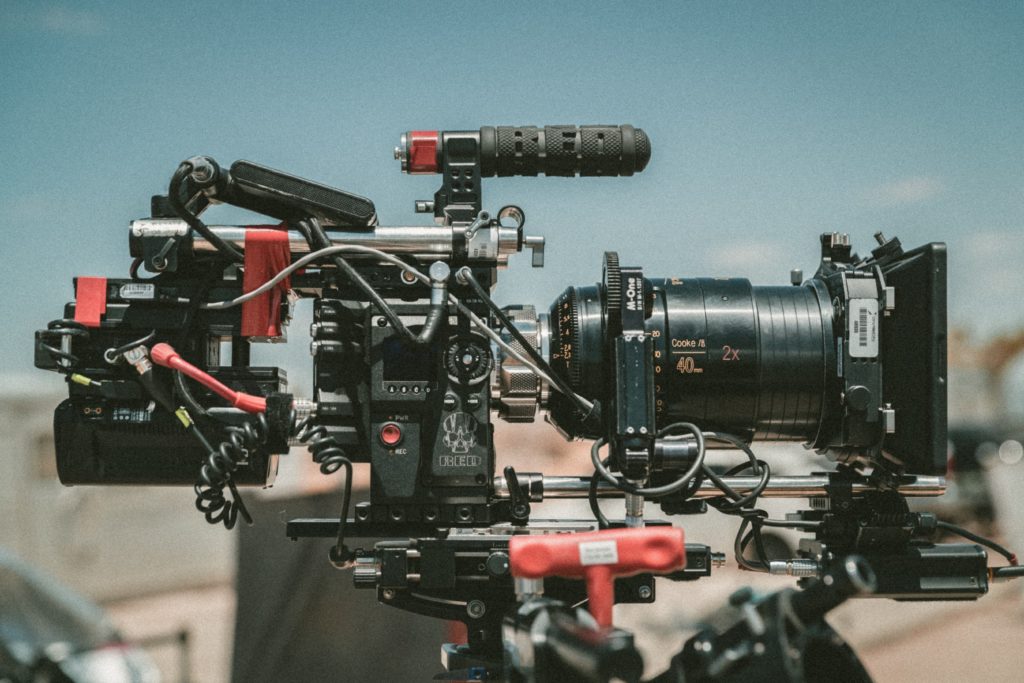
What’s Next?
I firmly believe 8k is the future of broadcast media. It might not be mainstream anytime soon but we are certainly heading in that direction. It wasn’t long ago when people questioned the need for 4k displays and consumer cameras. Today, nobody would think of buying an action camera if it can’t shoot in 4k!
I suspect 8k prosumer cameras are also right around the corner. Frame rates will improve as well. With the use of more efficient compression codecs, prosumer cameras will soon be able to record in 8k (although unlikely in raw). So what does this mean for Red?
It’s hard to imagine how much better things could get at this point but I do have two items on my immediate wishlist. I hope frame rates continue to improve as processing and computing power becomes more advanced. For documentary shooters such as myself, the ability to film in super slow motion at resolutions 4k and over is extremely enticing. Second, I hope bootup times for the Red cameras can be significantly reduced. At the moment, it takes about 25 seconds for the camera to be ready from a powered down state. This is an eternity for underwater or wildlife cameramen!
Final Thoughts
Although now firmly within the grasp of the RED ecosystem, I find myself still open to the idea of using other cameras when needed. The RED is a professional cinema camera needed to capture images for productions with high requirements. When shooting for personal needs or social media however, it can be overkill. (Video) Cameras are just a tool required for storytelling. It is important to know your tools just like how an artist knows his paintbrushes.
The RED is however the best tool I have at my disposal when the need for it arises. It will also be a brand I continue to use in the long run if they continue to stay at the forefront of camera technology!
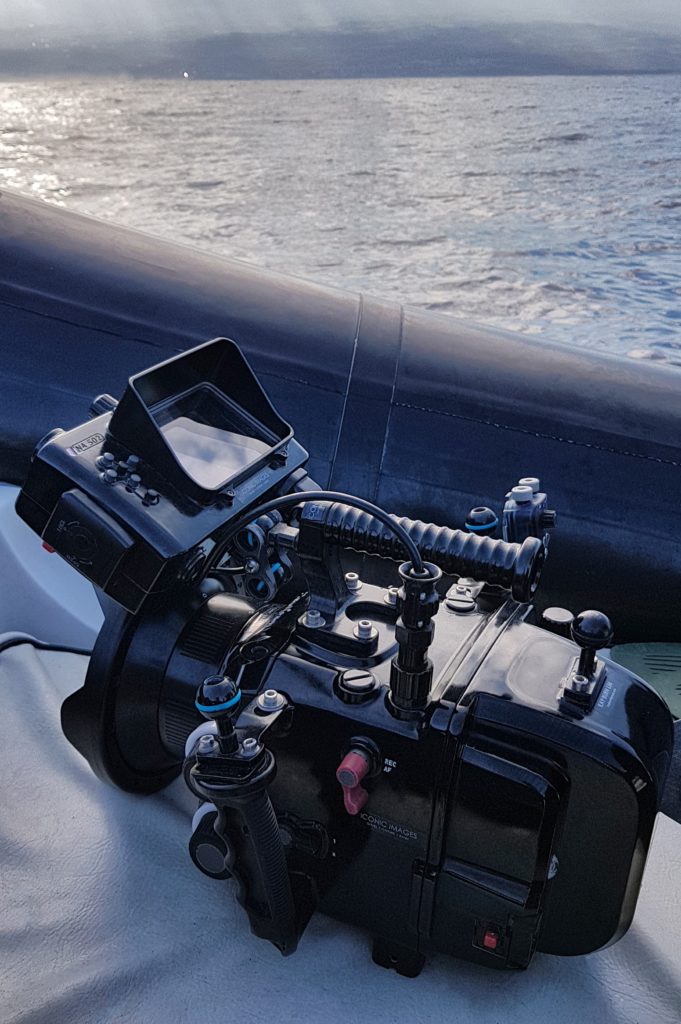
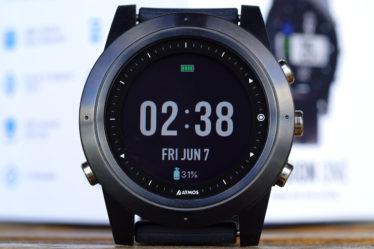
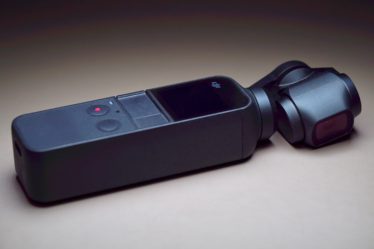
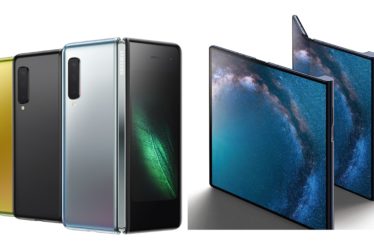
Thanks, it’s quite informative
This is really useful, thanks.
This is truly helpful, thanks.
Thank you for the wonderful post
Thank you for visiting the blog! 🙂
I spent a great deal of time to find something like this